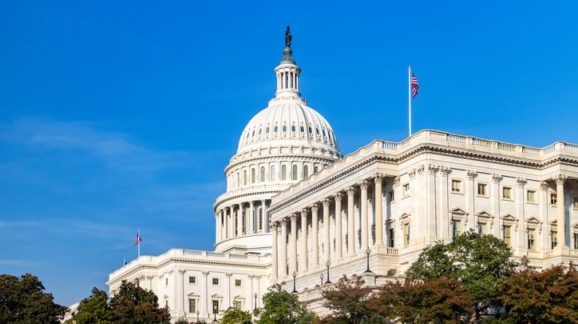How to Spot a #NeverNeeded Regulation

Photo Credit: Getty
Regulatory reform is one of the most important weapons there is for fighting COVID-19 and for aiding the economic recovery after the worst passes. But with 1.1 million regulatory restrictions and 185,000 pages of rules at the federal level alone, where should policy makers start? This handy infographic shows policy makers and regulators what to look for. If a rule meets one or more of these guidelines, it is probably a #NeverNeeded regulation.

- It slows distribution of proved medical diagnostic tests and services.
- It blocks patients’ remote access to medical providers.
- It increases the cost of energy at a time when people can least afford it.
- It makes it more difficult to hire employees.
- It adds another layer of bureaucracy or complexity to legal compliance.
- It blocks access to capital for both consumers and businesses.
A good rule of thumb is that if a regulation isn’t needed now, during a pandemic, then it probably was never needed in the first place.
Getting rid of #NeverNeeded regulations should be a top priority for lawmakers and regulators. But it is also not enough. Regulatory sludge has been building up for decades. Federal agencies issue more than 3,000 new regulations in most years, and usually remove old or outdated rules only when forced to. Reforming the rulemaking process itself, so that it generates fewer #NeverNeeded rules going forward, will be essential to resilience against the next crisis. If net neutrality rules hadn’t been repealed, for example, people in the U.S. would have had to deal with congested, throttled networks. The transition to new technologies, such as telemedicine and Zoom meetings for students and workers, would have been more difficult, or even impossible.,
For more resources on identifying and reforming #NeverNeeded regulations, see neverneeded.cei.org.